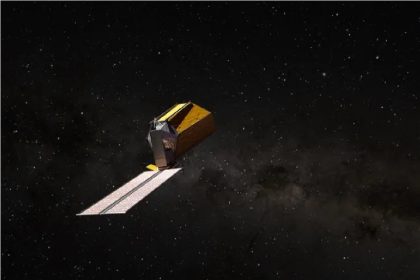The Japanese space exploration company ispace is on the verge of its second attempt to successfully land on the surface of the moon. This mission, known as “Resilience”, is designed to conduct scientific research and develop new space technologies.
According to Tekna Technology Media’s astronomy news service, the “Resilience” lander, which is designed along with a small Mars rover called “Tenacious”, is scheduled to be launched from Florida by SpaceX’s Falcon 9 rocket in late 2024. The main landing site of this spacecraft has been chosen in an area called Mare Frigoris (Sea of Cold) in the North Pole of the Moon. This area is very suitable for conducting scientific research due to the constant exposure to the sun and the possibility of establishing stable communication with the earth.
The Resilience lander carries several valuable scientific payloads, including water electrolysis equipment. This equipment will be used to produce oxygen and hydrogen from water and can be very useful in future space missions. This module is designed to conduct experiments in the field of food production in microgravity conditions. Also, this probe will be used to study the effects of cosmic radiation on humans and space equipment. The tiny Tenacious rover will be equipped with high-quality cameras to take pictures of the lunar surface and will also be tasked with conducting simple science experiments.
The Resilience mission is important in several ways. First, the mission represents a significant advance in Japan‘s space technologies. Second, with the success of this mission, mankind will be one step closer to establishing permanent bases on the moon. Third, the data collected by the mission will help scientists gain a better understanding of the Moon and the Solar System.
Despite the significant advances in space technologies, space missions are still associated with many challenges. One of the most important challenges is dealing with the harsh conditions of the space environment, such as cosmic radiation and extreme temperature changes. However, with the continuous efforts of scientists and engineers, these challenges can be overcome. ispace plans to carry out other missions to the moon and other planets in the future. The development of the larger Apex 1.0 lander is also on the company’s agenda. To see the latest news, refer to the scientific news page of Tekna Media.
RCO NEWS

















